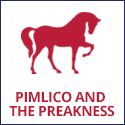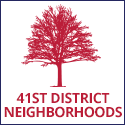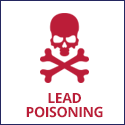A friend wrote me yesterday, “Having rookie visitors always makes the trip more fun for you.”
Our journey today from the Mount of Olives to David’s Citadel and then the Church of the Holy Sepulcher is best capsulized by two newcomers to Jerusalem in our group.
“So many stories that come together,” said one.
“I think Jesus must have stumbled,” said another as we walked the Stations of the Cross, “even though there are no references to it in the Bible.”
Six Christian faiths share space beside and on top of the remains of earlier structures in the Church, where an agreement dividing the sacred space has lasted since 1852.
—
A photograph of Jews praying at the Western Wall in the 1920’s caught my eye as we walked through the Arab shuk (market).
The contrast between the limited space then and the large plaza today is stark.
(I thought that men and women were praying separately, as is the case today, but others in our group disagreed.)
I engaged the shop owner in some Shuk Price Is Right, was willing to walk away, and wound up with a 10% discount.
I can already see a montage of my photos at the Wall from this trip surrounding this acquisition.








